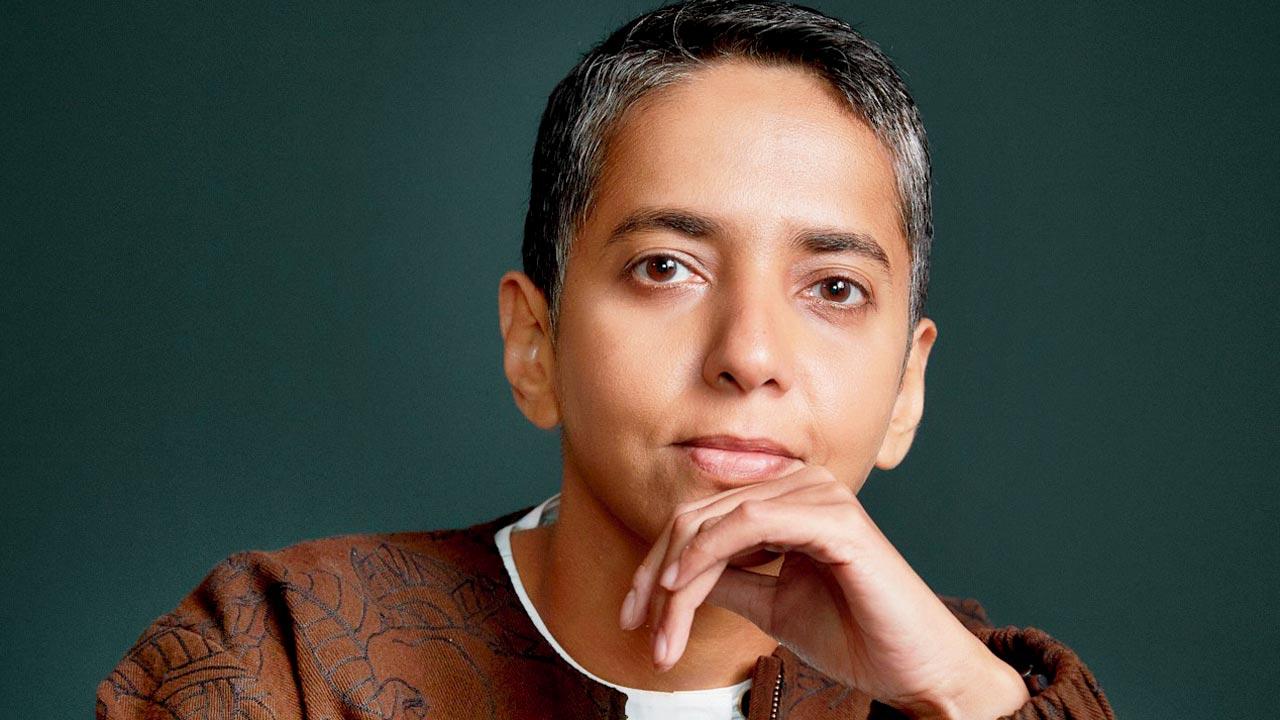Ayesha Sood, director of the first instalment of Netflix’s new true crime docu-series, speaks of exploring facets of the human condition

Netflix’s Indian Predator’s first edition The Butcher of Delhi recounts the case of Chandrakant Jha, a Bihari migrant and serial killer who terrorised the capital for years before being nabbed by the police
Mutilated, decapitated bodies packed tightly in fruit baskets, are dropped in front of Delhi’s Tihar jail. Letter and threat calls follow and the police are sent on a wild goose chase for a man who boldly provokes, taunts and challenges them to catch him.
Netflix’s 'Indian Predator', whose three-episode first edition 'The Butcher of Delhi' dropped this week, recounts the chilling details of the case of one Chandrakant Jha. The Bihari migrant and serial killer terrorised the capital for years before being nabbed by the police. Writer, producer, and director Ayesha Sood who produced the podcast 'Trial by Error' (about the Aarushi Talwar double murder case) was approached by Vice India to direct a season of the new show they created with Netflix. Sood has also directed one season of musical documentary series, 'The Dewarists', and a short film, 'The Cherry On Top'.
Also Read: Setting the stage for second act
“They had a pool of different cases that they were in various stages of research,” she says. “Through a process of elimination, we filtered the strong cases to go after—the ones that had interesting narrators or characters that were still alive, strong case files, and archival material. This case was rooted in Delhi and I was in Delhi, and it made sense for me to go after it.”

Writer, producer, and director Ayesha Sood says that she has been a fan of the true crime documentary series, a genre made popular by Netflix
Through audio recreations based on police records, dramatic re-enactments, photographs, maps, and timelines, the episodes chart out the intricate trajectory of this deadly cat-and-mouse game. “We tried to retain as many threads as possible to keep the viewer engaged, but also be comprehensively understood because there was so much material. If you put everything on to the timeline, it would probably become a garbled mess; it was important to extract the threads that do the story justice and also make sense,” says Sood. Archival material from the case mainly comprised records of calls and letters sent by Jha to the police. “We used dramatic re-enactments to show more and tell less; otherwise we would only have a series of talking heads,” she explains. Moreover, since the letters were written in Hindi and were expected to pose difficulties for speakers of other languages, “we decided to voice them, because there is this idea of [the murderer] calling, threatening, and wanting to be heard and seen”.
A series of people throughout the episodes help put together the pieces of this elaborate puzzle. Among them are the investigating officer and the then deputy commissioner of police, who discuss Jha’s modus operandi (he befriended, then killed and dismembered his victims); a clinical forensic scientist who analyses Jha’s psychosis, pointing to a difficult childhood and a violent past; police informants, journalists, an economist, a defence lawyer, residents of Ghosai, Jha’s village who spoke for the first time on camera about his alleged crimes; and even surviving family members of a victim. Viewers are encouraged to reflect on the questions they are left with; there is a hint that many more crimes may have gone undetected. “The intention is to make the audience feel that they are well beyond just viewing the case,” Sood tells us. “They travel with us as we open up unseen parts of the story.”
Sood says that she has been a fan of the true crime documentary series, a genre made popular by Netflix with works such as 'Making a Murderer', and lists shows such as The Innocent Man (based on John Grisham’s only nonfiction title), Evil Genius, and HBO’s The Jinx: The Life and Deaths of Robert Durst among those she admires.
Also Read: Nick Kyrgios’ Netflix documentary deal on Wimbledon worth millions
However, she was clear that it was important to be honest to the world that this particular story is set in. “I didn’t want it to feel like an American or a western documentary. I wanted it to be of the context that it exists in,” she insists. Hence, alongside its complex criminal investigation, the show generates commentary on Delhi’s migrant populations. About how they live and seek employment, the impoverished conditions that most such unskilled workers are forced to live in; the possible effects on their mental health, social apathy towards those rendered invisible by poverty and class hierarchies, police incompetence and brutality, and the resultant resentment towards the criminal justice system. “To be able to tell a story that opens up so many facets of the human condition, the country, life, and society in this way was truly a special experience,” Sood admits.
 Subscribe today by clicking the link and stay updated with the latest news!" Click here!
Subscribe today by clicking the link and stay updated with the latest news!" Click here!








